HMS Westminster and HMS Kent joined Icelandic Coast Guard ship Thor for the opening phase of Exercise Dynamic Mongoose.
The fortnight-long war game tests the ability of NATO forces to deal with the latest possible threats from submarines – combining air power and surface ships to hunt down five boats (three nuclear-powered, including British hunter-killer HMS Trenchant, and two traditional diesel submarines).
Dynamic Mongoose is run every year, alternating between Norway and Iceland with a specific focus on anti-submarine warfare in cool waters.
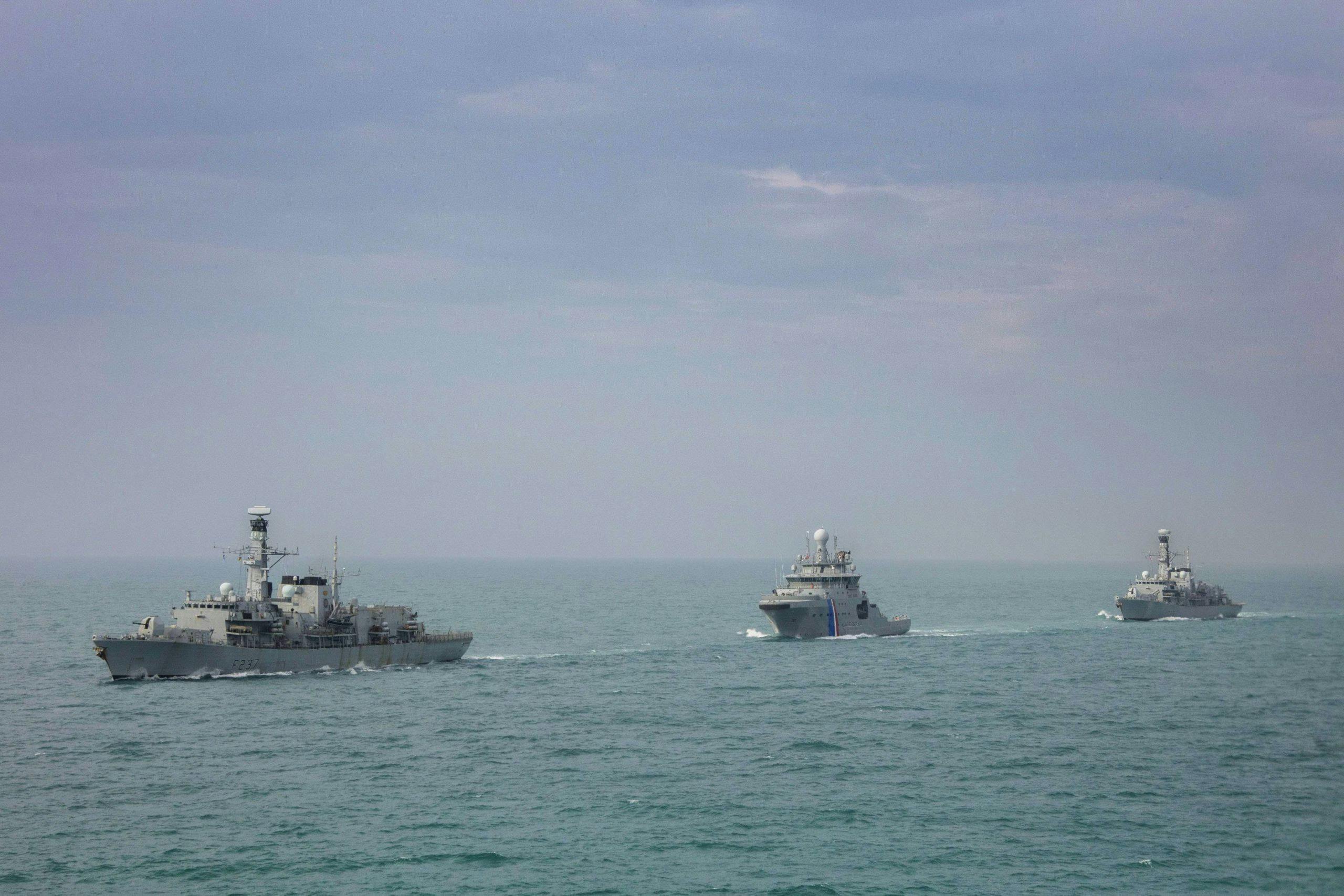
Credit: LPhot Dan Rosenbaum, HMS Kent
According to a news release:
“HMS Westminster and Kent were designed for submarine hunting in these very waters – although the Cold War was over by the time they entered service. The waters of the Denmark Strait are just 9°C – between three and six degrees colder than the sea around the UK right now. Temperature is one of the key factors in the effectiveness of sonar used by the frigates and their Merlin helicopters from 814 Naval Air Squadron.”
Joining the Merlins in Icelandic skies are five long-range maritime patrol aircraft, including, for the first time, the RAF’s new P8 Poseidon. The combination of numerous live assets to work with and like-minded submarine hunters sharing expertise and tactics, as well as the challenging weather and sea conditions make for a really demanding test for the 500 Royal Navy sailors, submariners and aviators taking part, say the Royal Navy.
“There are few opportunities where ships, submarines and aircraft all train together to collectively improve our anti-submarine warfare skills,” Lieutenant Commander Chris Luke, Flight Commander of the Merlin embarked on HMS Westminster, was quoted as saying.
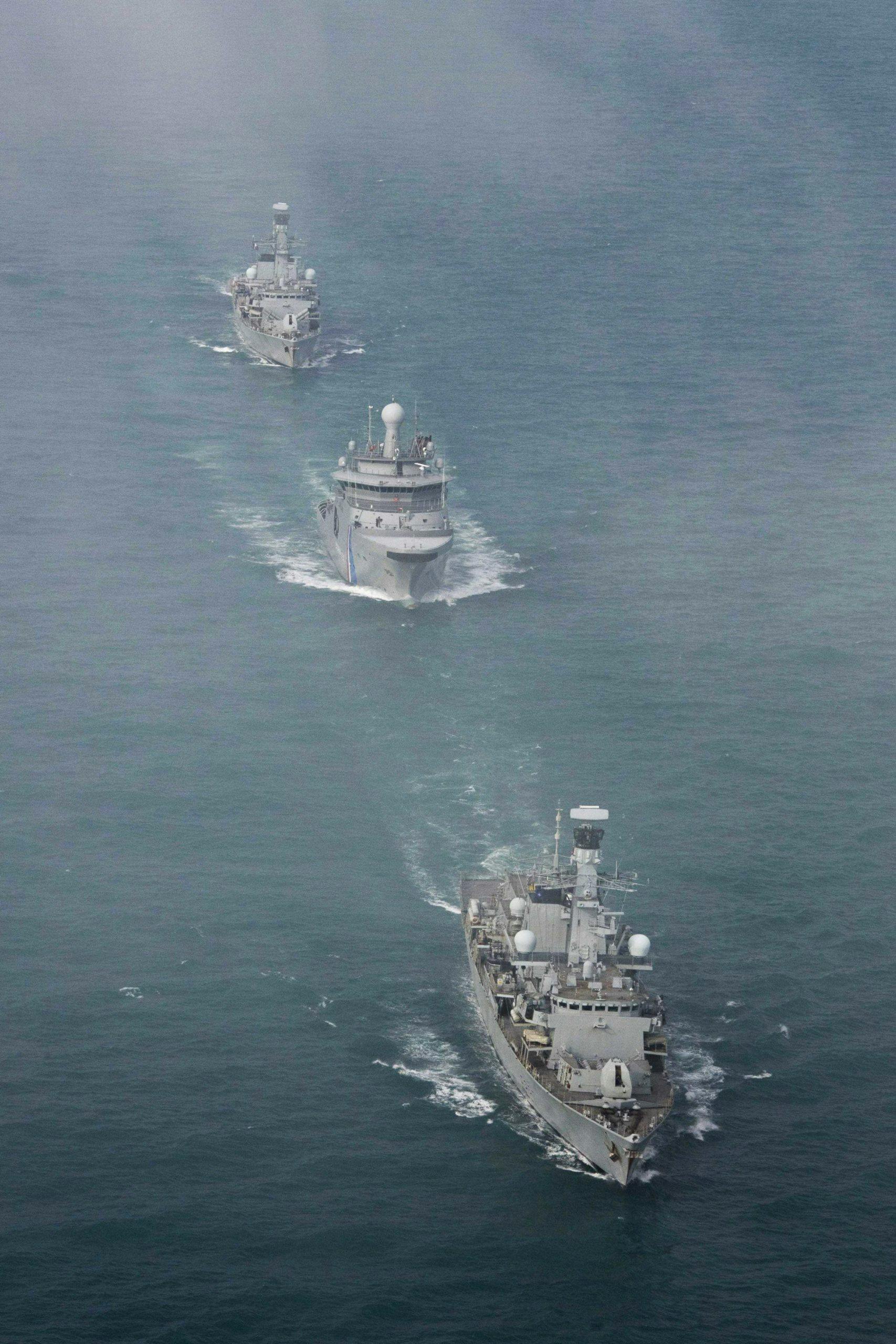
“The sea state and winds when operating in the High North can make flying conditions difficult. Being able to hunt submarines while working with our latest P8 and those of our allies demonstrates the ability of maritime patrol aircraft and helicopters to work together, which has not been done for around ten years.”
The exercise runs until the end of next week.



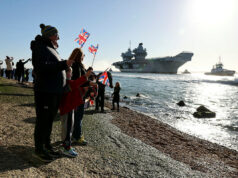


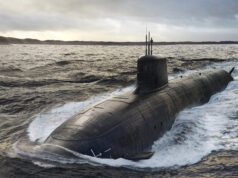
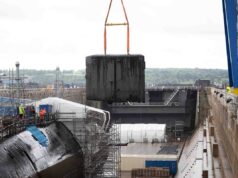
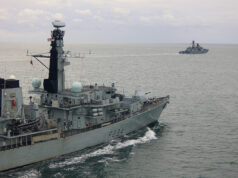
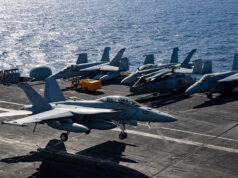

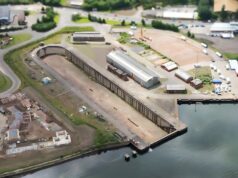
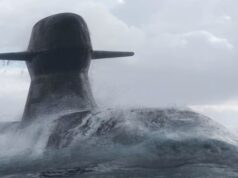

I’m no Naval Architect but Thor looks a little top heavy! She’s appears quite high for her length!
Looks more like an ice-breaker head on…but a little too small!
I do wonder if ice breaking has something to do with its form? Possibly.
Strangely doesn’t actually have an official ice rating, she’s built to a very similar design as Norway’s Harstad. They’re both of a similar design to oil field support vessels, both countries seem to be spec’d for offshore rescue more than anything else Harstad can carry the NATO sub rescue system and looking a Thors deck she could also carry it with very little modification. Thor can also aerial refuel pretty much any helicopter you might find in the North Sea.
Essentially big sea going armed tugs with good towing ability, good oil recovery systems for ecological disasters, reasonable firefighting(other vessels), both appear to have normal subsea rescue equipment, pretty good emergency Medical facilities for the type too. For where and what theyre used for, brilliant ships.
Was about to say the same thing re offshore support vessel shape. I believe it helps with sea keeping and efficiency in the stormy waters we get in the north Atlantic. It’s probably a very efficient design, so one can presume that Thor is good when it comes to availability and running costs- although was likely a relatively expensive build.
Designed by Rolls Royce and built in Chile.
We have come a long way since the Cod Wars! Also, the Thor is an impressive vessel- a lot bigger than I had envisaged. Seem nice people the Icelanders and of course their flag is very similar to ours 🙂
You couldn’t have taken photos like that in 1972/73. Thankfully things have improved since then!
What kind of ASW capability does the Icelandic ship have? It’s a coast guard vessel. I know our USCG National Security Cutters have a basic capability and the usual “fitted for but…”. The USN’s contribution includes the USS Indianapolis (a proud but sad namesake) which is one of the latest Block III boats. Wonder how it will perform vs the older Block 1 and 2 boats acoustic wise?
https://news.usni.org/2020/06/30/nato-anti-submarine-exercise-dynamic-mongoose-kicks-off-with-u-s-destroyer-ssn
Cheers!
https://www.thedrive.com/the-war-zone/30604/coast-guard-cutters-once-carried-harpoon-anti-ship-missiles-and-they-could-again
Only have a synthetic aperture sonar, really for under water rescue and survey. You’d have to be either a really unlucky or a really crap submarine commander to be caught by it, as they are Active devices.
Thank you.
Cheers!
What can that Icelandic ship actually do. With no sonar or weapons?
Acording to the Wikipedia article on her (https://en.wikipedia.org/wiki/ICGV_%C3%9E%C3%B3r) she has “Synthetic aperture sonar” and armament is 1 x 40mm plus 2 x 12.7mm.
Probably a huge difference in cost even ignoring us having to pay inflated prices to honour BAE contract but, despite the negative comments out River B2s so often get from some quarters, I’d far rather have a B2. Interesting though that the Thor does carry 40mm. Cost is probably a showstopper but with T31 bringing 40mm into the RN a big part of me wishes that 30mm could be driven out of the RN arsenal altogether in favour of the 40mm. After the initial investment standing down the 30mm logistics would presumably save some costs going forward and it would be a useful uplift not only for Rivers but also a worthwhile uplift in CIWS capability for everything from Bays to carriers that currently carry have 2 x DS30s to accompany Phalanx (when fitted).
P.S. Not sure if that link to Wikipedia article will work, the article has Icelandic characters in the title. If it doesn’t just search Wikipedia for “Icelandic patrol vessel thor” and that finds it.
Just checked after posting – the Wikipedia link does work, at least on my PC.
I’m aware of the vessels sonar but that is designed for navigation use. it is not powerful enough to search an area any further then directly below.
Harry, off shore Patrol and Rescue was its spec the SAS onboard is actually a good 1 and is good for search and rescue, as I said to Helions its an active device so you won’t be hunting subs.
Julian. Yes wiki link worked. Thor was not designed as a ‘fighting’ OPV its more armed offshore tug/rescue ship
My guess is that she’s primarily a platform for extending the range and spread of the ASW helicopters- which are apparently the primary sub-hunting asset these days anyway.
Maybe they have Thor in the centre, and then the T23s with their better trailing sonar on the wings of the “fleet”? Helos can spread between them as required.
No way a Merlins landing on Thor? I bet there’s no chopper ASW work from Thor atall.
Looks like HMS Westminster has no harpoon missile launchers fitted. Are we really that cash-strapped?
All the available Type 23’s seem to vary as to the Harpoon fitment, the discussions regarding an interim replacement are still ongoing.
The harpoons are fitted as required.
Thor looks Crap.
A good bit of ally PR but she has no ASW capability. Nothing that can either detect or attack a sub.
ICGV Þór (Thor) one of first UT 512L type offshore patrol vessel designed by Rolls Royce for the Icelandic Coast Guard(second to Freyja). The vessel, (like other ICGV ships) is armored for ice breaking, which explains her heavy weight being 3920 t (4,321 st),
Here are some clips from the skirmish between the ICG and Royal Navy: